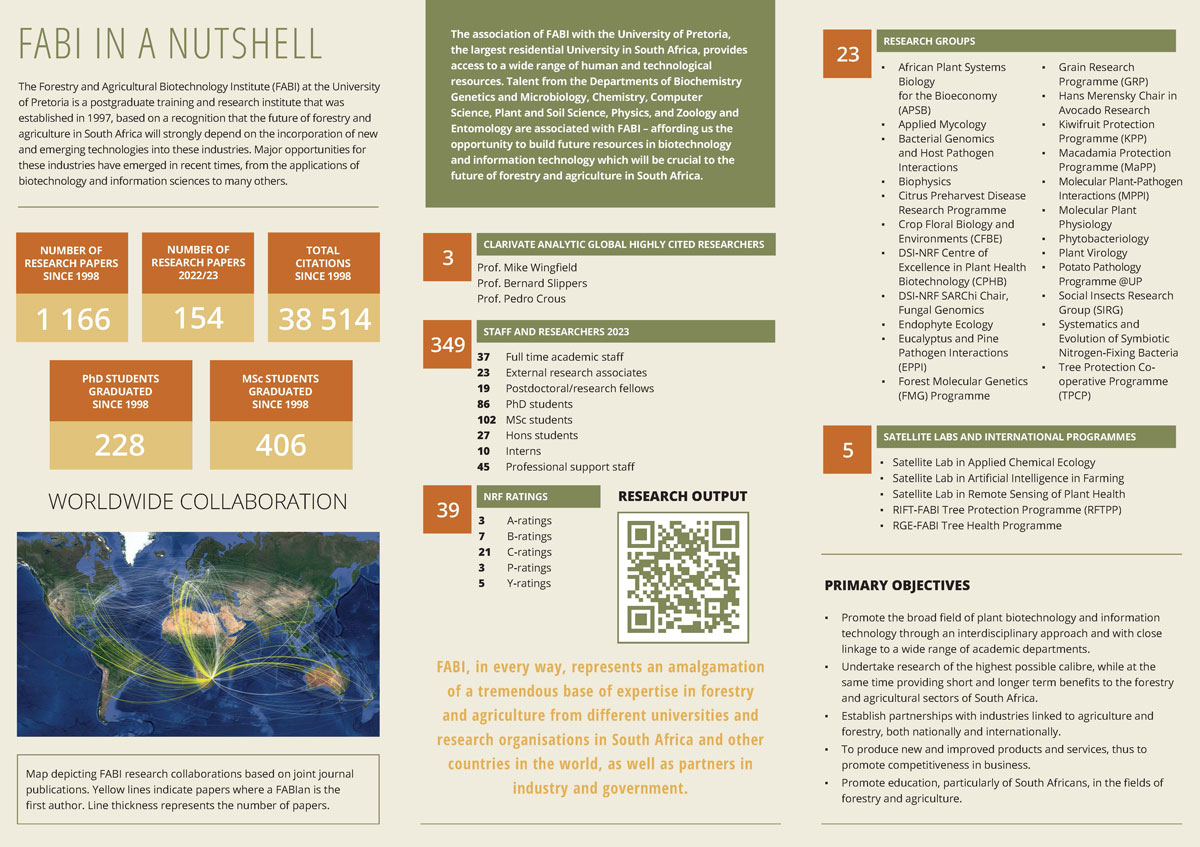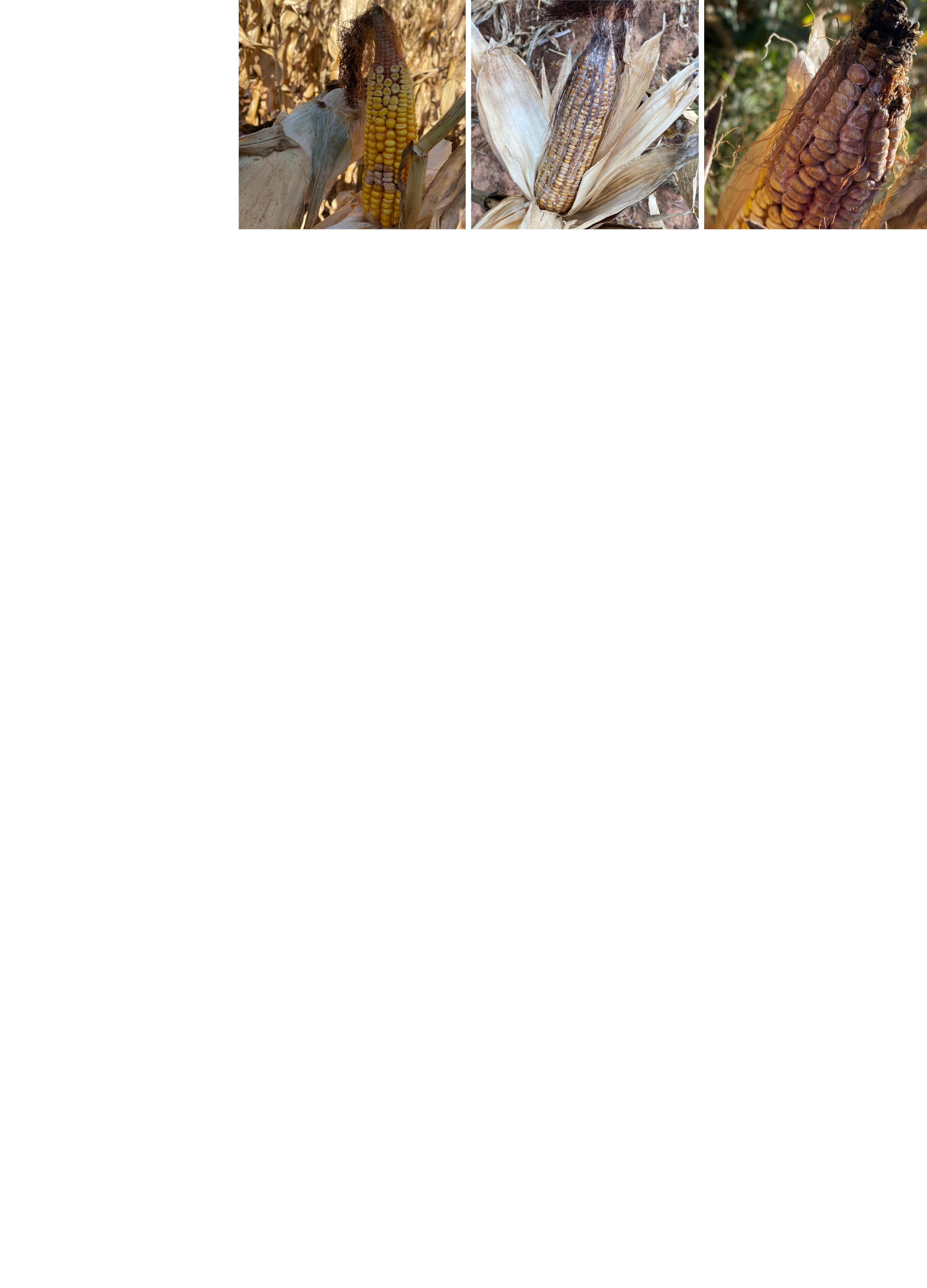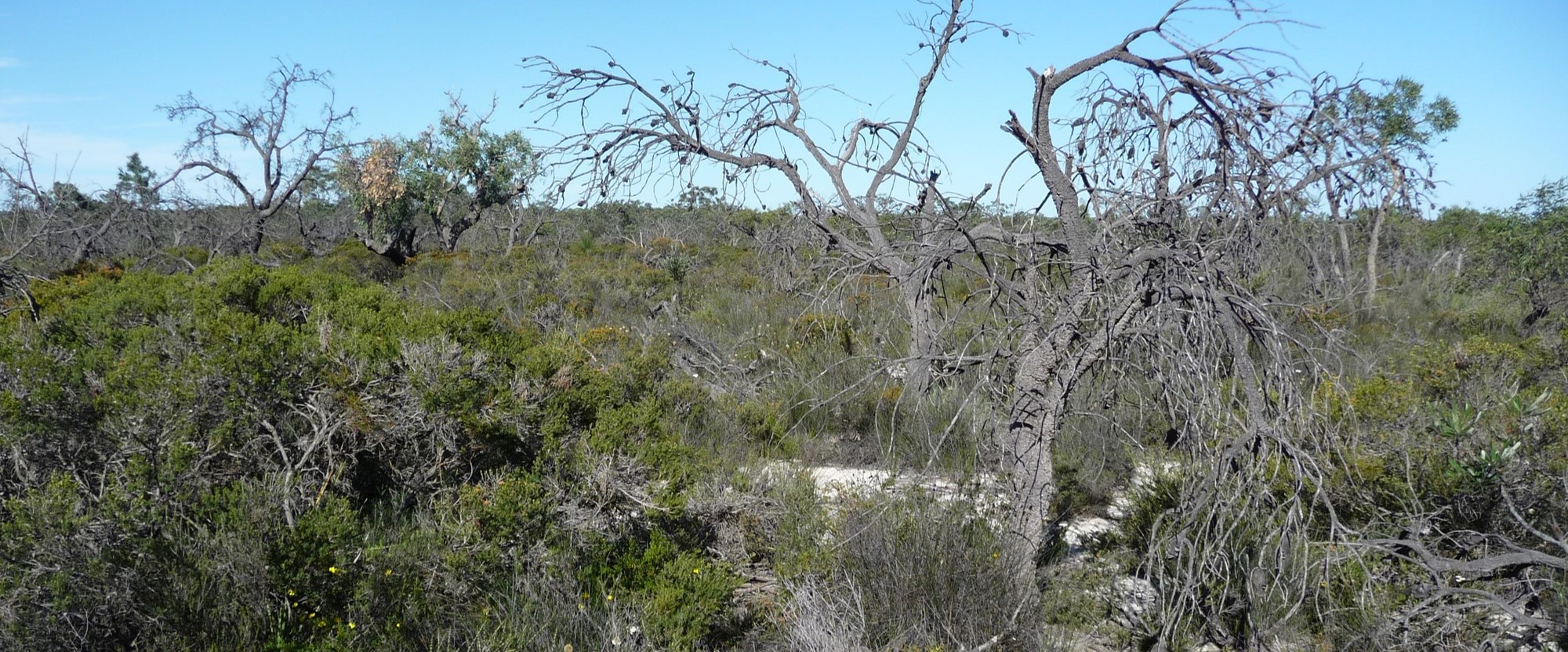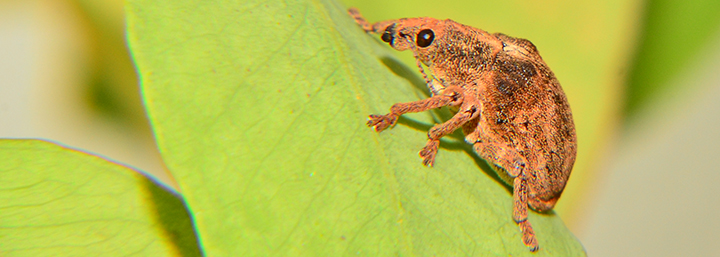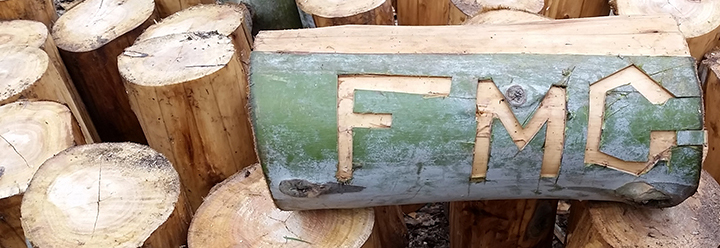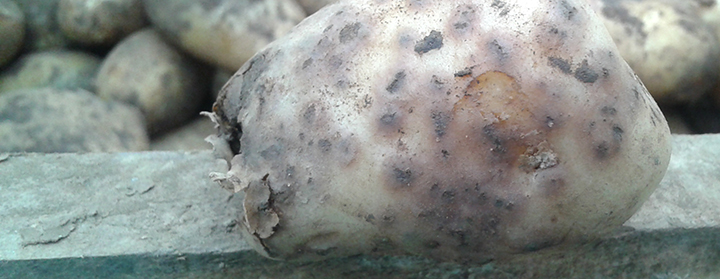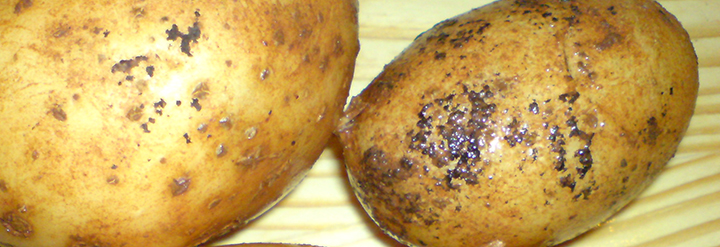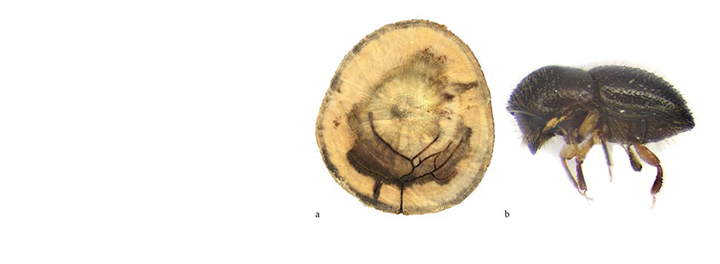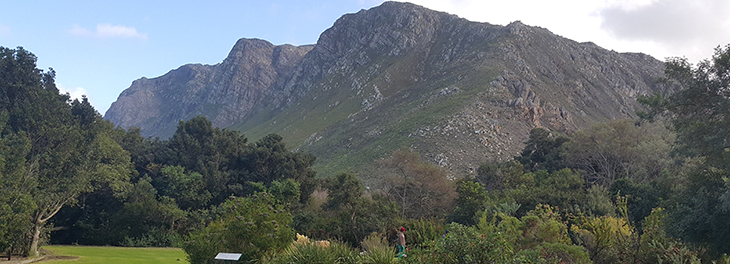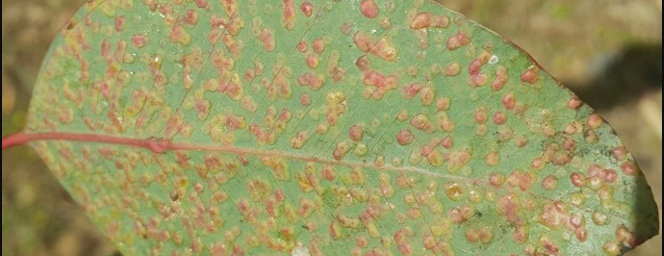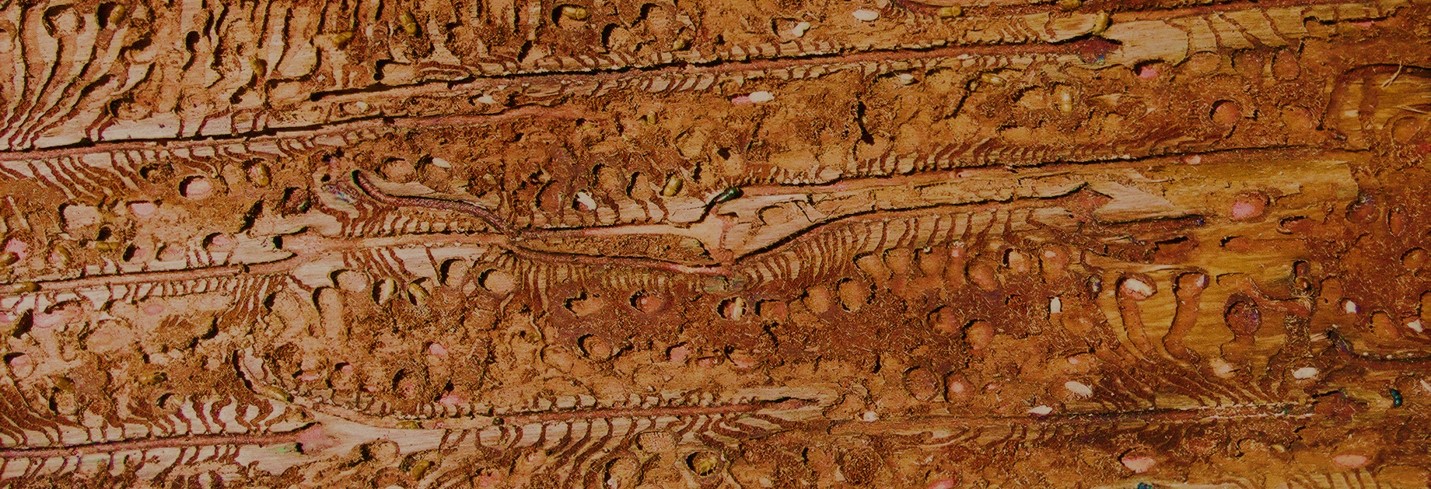Pests of establishment are considered to be those insects that attack transplants. Infestation by these insects can result in high losses of plants and the consequent expense to replant the affected areas (Govender 2007). Some of the pests discussed in the previous section, which infest older plants, also attack pre-establishment plants. These include the green bronze beetle, the pine bark beetle and the grey weevil. The remaining serious pests of establishment in South Africa, discussed below, are mostly soil dwellers. All of these are native to South Africa and the common name used includes a number of species. These insects are often very polyphagous (many host plants).
Whitegrubs is the term given to the larvae of beetles in the family Scarabeiidae. These larvae are white with a dark head, have a C-shape and three pairs of well developed legs. Size varies from 3 to 36 mm long. Various whitegrub species that have been recorded to infest forestry plants, including the larvae of the wattle chafer beetles (Hypopholis sommeri and Monochelus calcaratus). Whitegrubs are known to damage eucalypts, pine and wattle, where the roots are eaten and the plants ring-barked. Cutworms (Agrotis spp.) are the larvae of a type of moth. They are grayish-brown to grayish-black and about 30 to 40 mm long. The stems and branches of transplants are cut which results in severe set-back or even death of the plant. Both cutworms and whitegrubs can cause severe transplant mortality.
Feeding by grasshoppers and crickets (various species) results in plants being ring-barked at the collar and leaves and branches abraded. Grasshoppers are easily noticed when feeding, but crickets feed at night and so are seldom observed. Grasshoppers and crickets have been recorded to attack pine, eucalypts and wattle. Termites (various species) also ring-bark transplants. Damage by termites is known to be more prevalent with first rotations.






